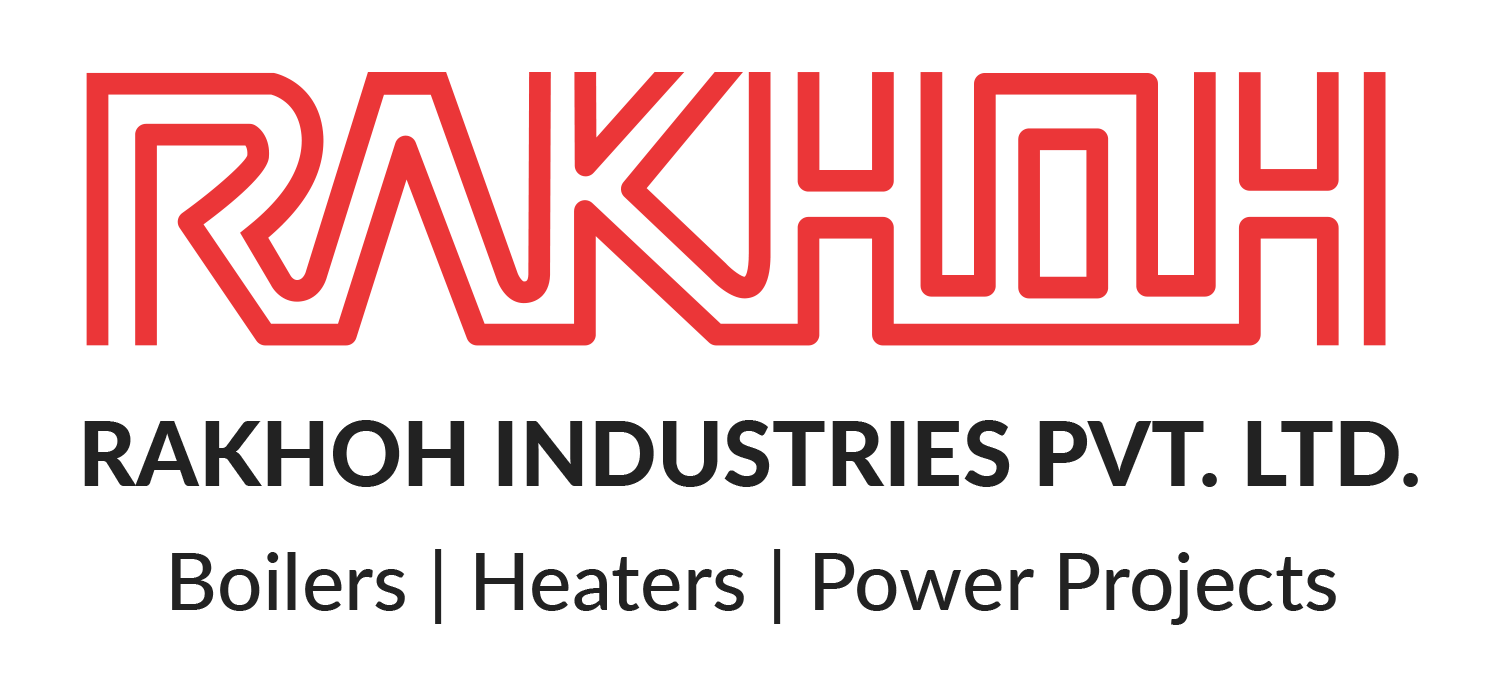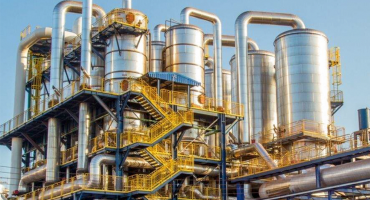Steam boilers provide steam for operational purposes in the manufacturing and process industries. Boiler manufacturers ensure that the steam boilers generate high-quality steam efficiently, safely, and at the appropriate pressure. Steam is produced by the fuel combustion in the furnace, transferring the heat to the water in the boiler shell. The water starts evaporating that generates steam under pressure. Releasing the steam requires a specific area of water surface in the boiler. It must also be ensured that sufficient height in the steam boiler allows water level to rise with increasing load as well as the release of steam without water carryover.
In a steam boiler, the water level starts rising as the load increases. With such occurrence, the water surface area decreases due to the water level being above the centerline of the boiler, causing the sides of the containing shell to converge. Boiler manufacturers ensure that the normal water level area is sufficient to release the steam at an acceptable velocity. It is also necessary to allow minimal height for the steam to release.
The water in the steam boiler evaporates as the steam is generated. Therefore, the boiler must receive an adequate water supply to maintain the water level. A steam boiler operating with a low water level can cause severe damages and threaten the safety of the process plant. To prevent such mishaps, monitoring and controlling the water level must be assured and prompt action through alarms and shutting down the burners if the water level is low.
Water Level Indication and Boiler Water Level:
Water level indication is relevant to steam boilers that facilitate water level detection. It applies to most steam boilers except coil-type boilers that do not include steam drums. In such boilers, steam outlet temperatures that exceed the predetermined value indicate the inadequate water input in the boiler. The gauge glass on the steam/water drum or boiler shell serves the purpose of the indicator of water level in boiler. The water gauge glass with a toughened glass screen at the front and end sides is the most commonly used protection from breakage that may cause harm to the personnel.
The precise water level in boiler is difficult to define as the water surface consists of bubbles and strong horizontal circulation. Therefore, the water level varies both across and along the boiler shell. It is important to note that the gauge glass contains water that,
- Not consists current and agitation
- Not includes steam bubbles
- Cooler than the water in the boiler
Therefore, the water in the gauge glass is denser compared to the water in the boiler shell. Consequently, the gauge glass shows a lower water level than the average water surface level in the boiler shell. There are various factors that impact the difference between the water level in the gauge glass and the water level in boiler shell at high steaming rates. The factors include,
- The rating of boiler steam generation
- The boiler shell size
- The gauge glass connection height in the boiler
- The TDS and chemical analysis of the boiler water
Causes of Low Water Level in Boiler:
The water level in boilers must be maintained to prevent damages to the steam boiler. Some of the major causes of low water levels in the boiler are as follows,
- Shortage of feed water in the feed tank
- Failure of feedwater pump
- Level control system failure
- Isolation of feedwater line
- Ineffective operation of the drain valve
- Failure in low point drain
- Loss of water to the deaerator or make-up water
- Drum level controller left in manual mode
- Sudden change in steam load
Water Level Changes due to Boiler Circulation:
The strong circulation of the boiler water causes the varying water level in a steam boiler on high load. The circulation currents are usually upwards along the front and back of the boilers and the centerline over the furnace. The downward circulation must be at the sides towards the center of the steam boiler. When the load changes occur suddenly, waves are likely to be developed in the water that can be seen in level gauge glass but generally ignored by water level controls
Prevention of Damages Caused by Low Water Level in Boilers:
It is paramount to monitor the water level in boiler and control it as required to prevent the hazardous consequences caused by low water levels. Some of the factors that can prevent low water levels are,
- Low water cut-offs should be fitted in steam boilers to detect low water condition
- Appropriate controls to monitor the water level and prompt resolution when the alarm notifies
- Shutting down the burner and feedwater supply during inadequate water level
- Ensure proper functioning of low water level trips
Since its inception in 1983, Rakhoh Boilers have successfully emerged as a leading steam boiler manufacturer globally. We manufacture highly efficient and reliable industrial steam boilers and boiler accessories for over 20 process industries. We provide a range of steam boilers that effectively combust with various types of fuels. As a company, we believe in delivering the best after-sales services to ensure the efficiency and lifespan of the steam boilers.








